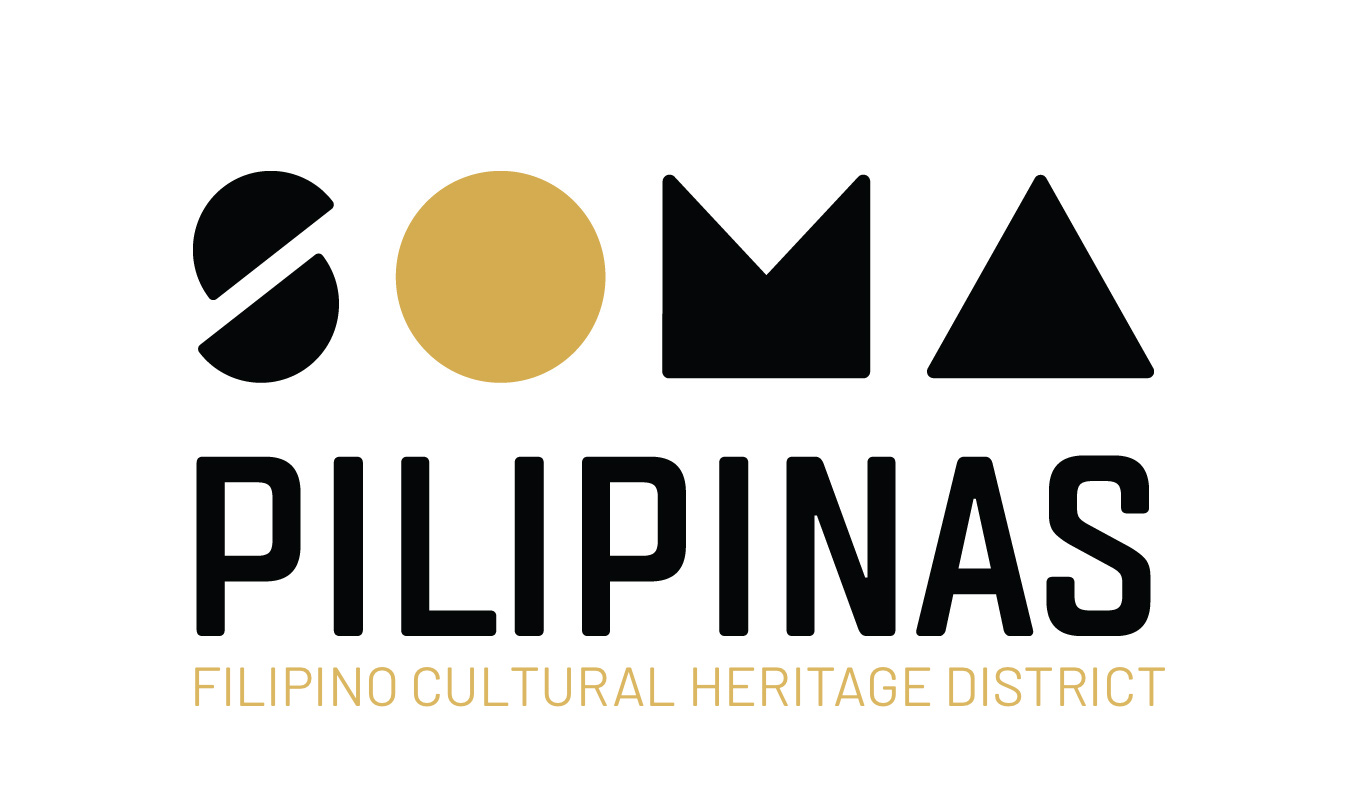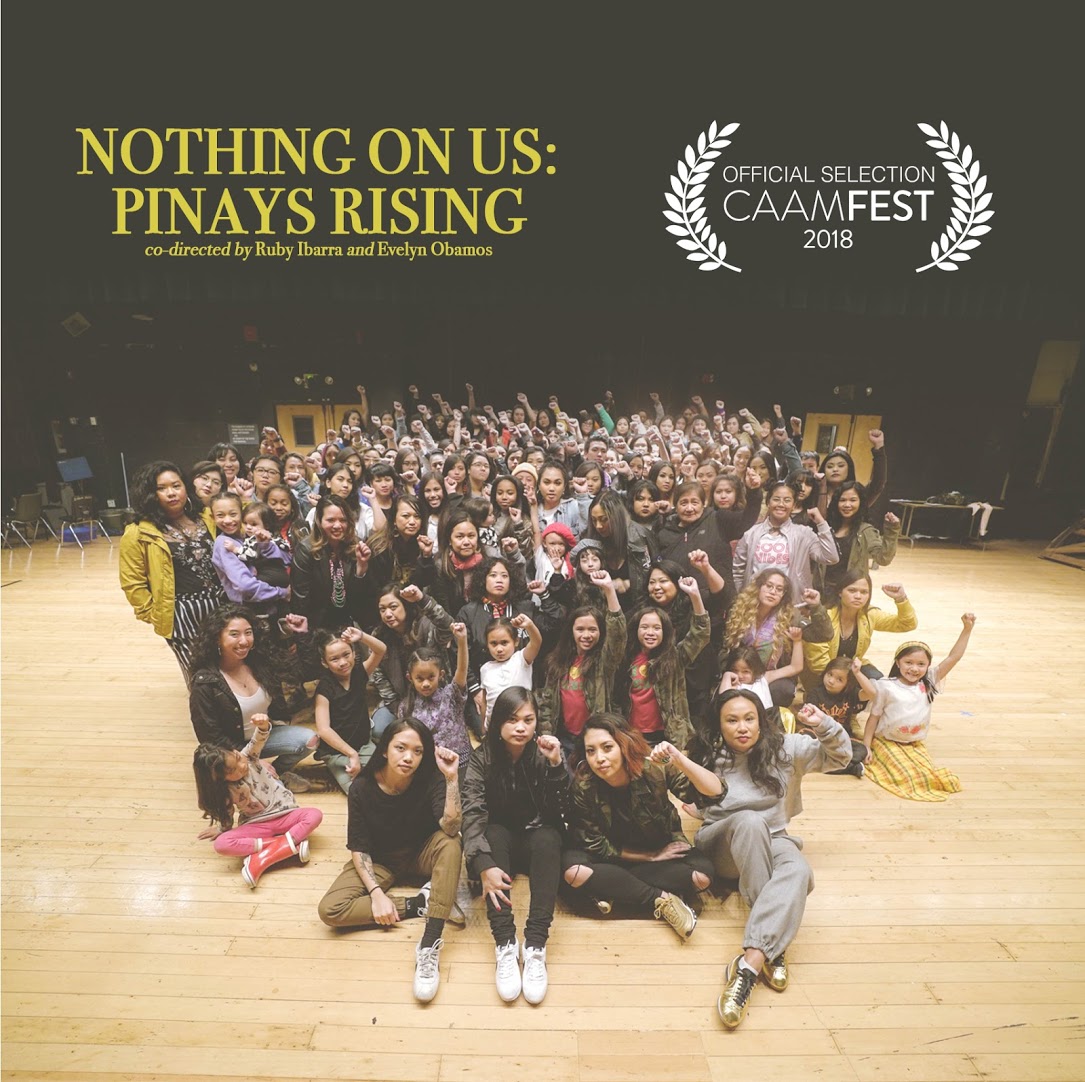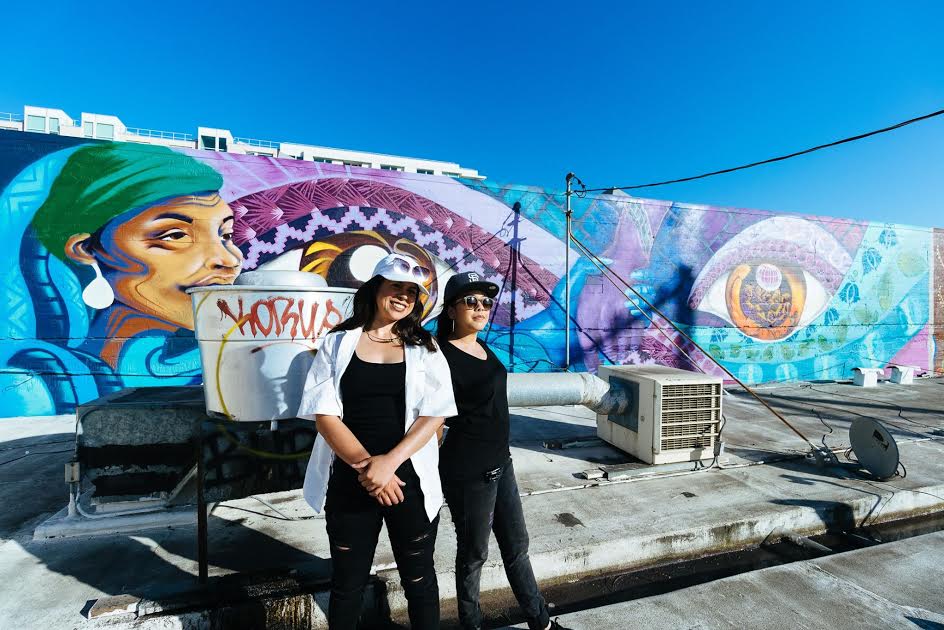"SOMA Pilipinas has allowed us to see each other": SAMMAY on the SoMa and Reclaiming Filipinx Identity

SAMMAY, also known as Samantha Peñaflor Dizon, is an artivist, healer, and truth-speaker based in the Bay Area. She is a choreographer, producer, and interdisciplinary performance artist whose work focuses on themes of decolonization and re-indigenization. Exploring both San Francisco’s status as a sanctuary city and the spaces that we inhabit, her latest work is the fourth installment of Urban x Indigenous IV: Unite the Tribes featuring H.O.L.Y. (Hate Often Loves You) City premiering on June 16th-17th at the SOMArts Cultural Center.
“This project was presented to me through an amazing stranger, honestly. I was given a newspaper by one of our homeless folks with a headline that questioned San Francisco's status as a sanctuary city. And there was the story of Luis Góngora Pat - another case of police brutality, violence, death, family, and grieving in our city,” she recalled.
“Seeing this made me realize that I wanted H.O.L.Y. City to be about sanctuary and looking at San Francisco as a sanctuary city. I wanted to explore the co-opting of the term "sanctuary" and how we don't keep people of color safe. This idea of "safe spaces" - what does that really mean? This show is an investigation into what sacredness San Francisco still holds despite the gentrification and corruption that exists. It's a lot to explore.”
A Southern California transplant, Sammay studied at Berkeley where she honed her love for dance and discovered a passion for the performing arts and activism. Her journey of self-discovery led her back to her Filipinx roots and a spiritual connection with the ancestors of her Kapampangan, Ilokano, and Bikol lineages. Through performance, she found a medium of self expression but also a way to bring attention to the issues within the Filipinx community – the struggles of the diaspora, displacement, and the erasure of ancestral traditions and culture as a result of colonization. But her journey of self-discovery was paved with struggles and internal conflict.
“There was a moment where I was really torn between activism and the arts. And I thought that I had to choose. And if I can be very frank, people were making me choose one or the other. And at the end of the day, I chose art because I knew that I could speak the message most effectively through my art.
It's an honor when folks in the community call me a modern day babaylan. But that's not my intention, you know? My intention is not to co-opt that term from our people but to be committed to knowing how I can be the best healer based off of the lineages that I was born with. I always think it's important to remember that "babaylan" is a term that's specifically from the Visasyas and that each of us, lineage-wise, has a specific tradition of healers and truth-speakers.
It's taken awhile to own that identity. I'm still very much dedicated to the activism - the political aspect, not just art for art's sake. I will never not be immersed in wanting to speak to the politics of a piece. I don't think I'll ever be quiet when it comes to that. The art is spiritual work for me but it's also activist work. It's about telling a story. And sometimes that story is not mine. So my spiritual practice has definitely enabled me to connect to other people's stories in a way that's very visceral.
It always gives me faith, too, to know that I'm not the only one doing this kind of work. I can name hella folks in the diaspora who are really using their art to cultivate and to gather people to hear the message of our ancestors. For me, that's always been the most important thing - that we're doing this as a community, we're the generation that's disrupting some things and bringing about change.”
Sammay’s past and future projects are not only influenced by a desire to marry art and activism, but a sense of kapwa – bringing people back to their ties with the land, both in the SoMa and the ancestral homeland of the Philippines, as well as back to a sense of unified community.
One of her recent projects, Silbihan, was an exploration into the relationship between the migrant mother and the first generation daughter of the diaspora. Between these two generations, she recognizes the need for an open dialogue based on compassion and a respect for the past in order to promote healing. Silbihan becomes a meditation on understanding where we’ve come from in order to move forward and create an empowered and diverse Pinay identity. As with all of her art, there is always an underlying, personal connection – the relationship to her own mother and the challenges that can arise when it comes to generational differences.
“When I was conjuring up Silbihan, I was thinking about how my work will never not be about my world. I was going through a lot of growing pains with my mother. I love my mother and we have this close relationship. But it can also be a challenge because it was difficult for me to step into something that I was so sure of - my spirituality, my art, my work. I was affirmed by my peers and the people within this community but I couldn't gain that affirmation from my mother, my creator. That was an internal struggle that I was facing at the time Silbihan came into being and it's still something that I grapple with today.
So I wanted to do a piece that was dedicated to my maternal lineage. And I continue to believe that our maternal lineage is where the healing is - no matter who you are, Pinay or not, maternal figures are important to our growth and healing.
I had been thinking a lot about my mom and how she raised me. And that was a word that she had repeated a lot, silbihan. I could hear her saying it - the exact intonations as she said, "Pagsil silbihan" which meant "her service" - the act of serving and, ultimately, sacrifice. I was exploring what it meant to be in her position - to be the oldest sister of a family of seven, to have once been poor and now to be able to help all her siblings and all of their children.
In really wanting to bring attention to our women in the diaspora, I was questioning the stereotypes of Pinays. They're viewed as servers - whether that's a caretaker, a nurse, an OFW (oversees foreign worker) working for another family, a yaya (nanny/governess). And Filipinos are known for their caring, for their generosity - my mom is no different. I wanted to really look deeper into that generosity and caring that we all have - that unconditional, unwavering service to family, more than anything.
So how do I, the first generation child with all of these privileges and opportunities, how do I bring this up with my mother and my family and say, "I don't want to assimilate - I'm about being brown, being Pinay.”
But you also need to have compassion for your mothers, for your grandmothers, who might not understand this present time of Pinays rising but did sacrifice and did survive the perils they had to go through to get us to this point. There's a call from our ancestors to make things uncomfortable - to not be passive, but to actively address these issues in our history and the effects it has on us today in order to reclaim our identity as Pinays.”
For Sammay, her art and her journey have largely been influenced by the community she found in the SoMa.
“SoMa has brought me up as an artist and having this space and being with the community at the Bayanihan Center - all of it has helped me get to this point, to become who I am today,” she says.
“SOMA Pilipinas has allowed us to see each other. They say that Filipinos have an "isla mentality" - you know, being in our respective regions and islands and not necessarily coming together in true unity. And I think it's easy to be siloed in this city because the hustle is so hard.
But SOMA Pilipinas has really created this community of recognition where we can see and create these alliances across different industries. I can really feel us doing away with the isla mentality and not only finding ways to better serve our community but really leaving the blueprints for the next generation to not only survive but to run and thrive - to really flourish. I can see that. And I love the investments that are being made towards that future and I'm excited to see what else will emerge. I don't think I'm alone in that. Seeing our people being represented - that's what I really love."
story by Cat Jimenez






